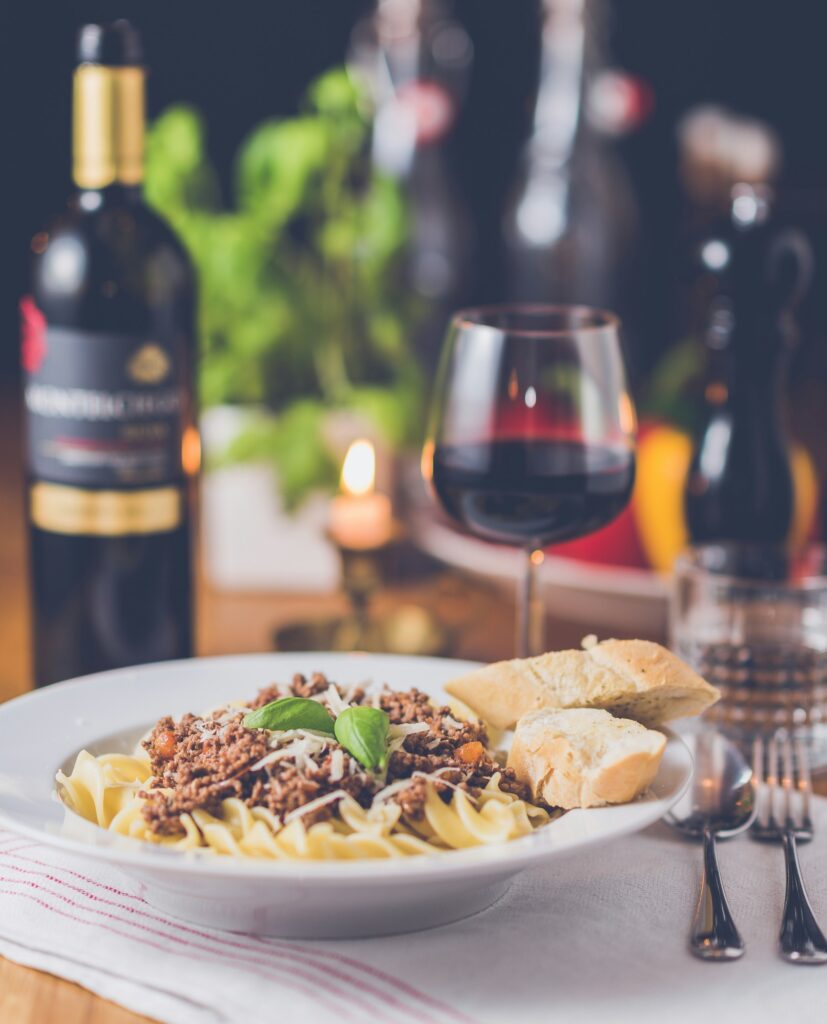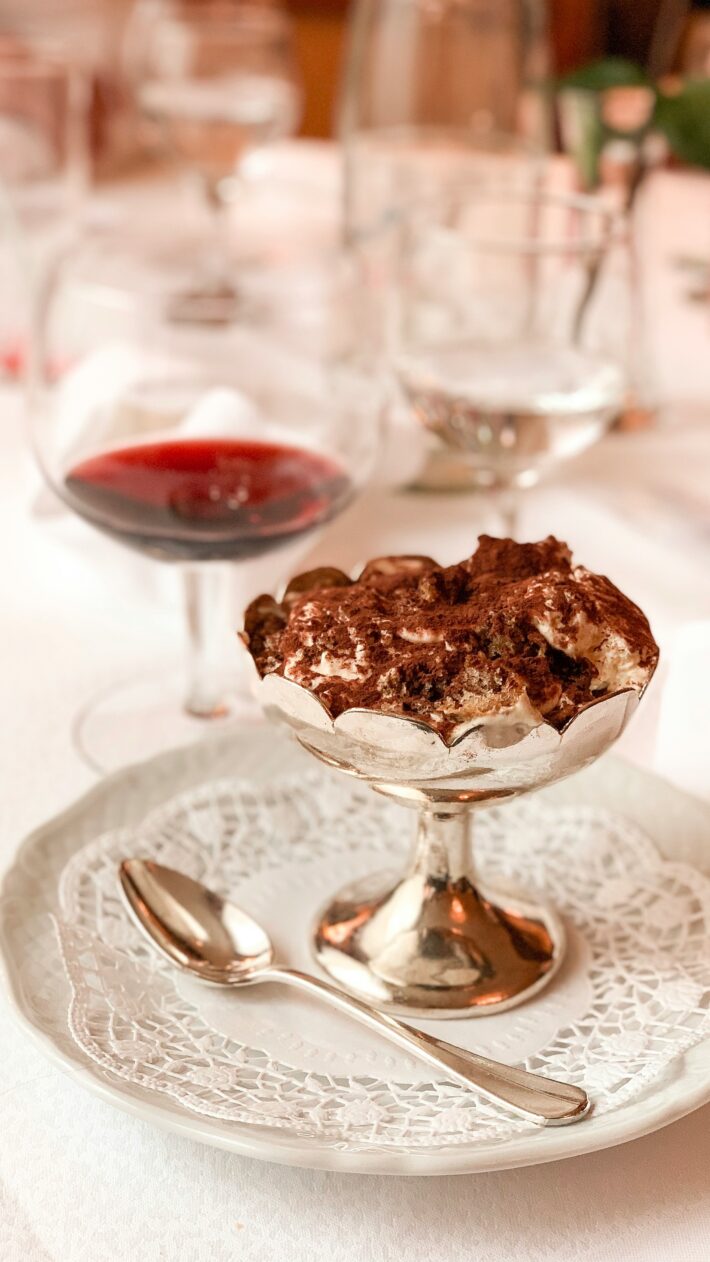How to Pair Italian Wine with Food

Italian cuisine is renowned for its rich flavors, diverse ingredients, and regional specialties. Pairing the right wine with Italian dishes not only enhances the flavors of the meal but also elevates the dining experience. Here’s a guide to help you navigate the wonderful world of Italian food and wine pairings, ensuring that each bite and sip complements one another perfectly.
Embrace Regional Pairings
Italy is home to numerous regions, each with its own culinary traditions and local wines. Embracing these regional pairings can lead to delightful gastronomic experiences. For example, when enjoying a classic Margherita pizza, a light and fruity Chianti from Tuscany is an excellent choice. The wine’s acidity matches the tomato sauce while complementing the fresh mozzarella and basil.
Similarly, if you’re savoring a rich Risotto alla Milanese made with saffron, consider a glass of Gavi. This white wine from the Piedmont region has a bright acidity that cuts through the creaminess of the risotto, enhancing its flavors without overwhelming them.
Consider the Main Ingredients
When pairing wine with Italian dishes, it’s essential to consider the main ingredients. Tomato-based sauces, commonly found in pasta dishes like Spaghetti Pomodoro or Lasagna, pair well with medium-bodied red wines that have good acidity. A classic Sangiovese or a bold Montepulciano d’Abruzzo complements the acidity of the tomatoes, enhancing the overall flavor profile.
For seafood dishes such as Linguine alle Vongole (linguine with clams), a crisp white wine like Verdicchio or a Soave works beautifully. These wines offer refreshing minerality that complements the briny flavors of the seafood without overshadowing it.
Match Intensity and Flavor Profiles
When selecting wine, consider the intensity of the dish. Rich and hearty dishes like Osso Buco (braised veal shanks) or Pasta alla Bolognese require a robust wine. A full-bodied Barolo or Barbaresco from the Piedmont region, with its complex flavors and tannins, pairs wonderfully with these meaty dishes, enhancing their depth and richness.
On the other hand, lighter dishes like Caprese salad benefit from a bright, refreshing white wine such as Falanghina or a Pinot Grigio. The wine’s acidity and crispness will enhance the freshness of the tomatoes and mozzarella while complementing the basil.
Don’t Forget About Cheese
Italian cuisine features an array of cheeses, each with unique flavor profiles. When pairing cheese with wine, consider the cheese’s characteristics. Parmigiano-Reggiano, with its nutty and salty notes, pairs excellently with a Chianti Classico. The wine’s acidity and tannins complement the cheese’s richness.
For creamy cheeses like Gorgonzola, a sweet wine like Moscato d’Asti can create a beautiful contrast. The sweetness of the wine balances the cheese’s sharpness, resulting in a delightful pairing.
Conclusion
Italian food and wine pairing is an art that can enhance your dining experience and showcase the flavors of both the cuisine and the wine. By embracing regional pairings, considering the main ingredients, matching intensity and flavor profiles, and exploring cheese options, you can create memorable combinations that celebrate Italy’s culinary heritage. Whether you’re enjoying a casual meal or hosting a festive dinner, these pairing tips will guide you in finding the perfect wine to complement your Italian feast. Salute!



